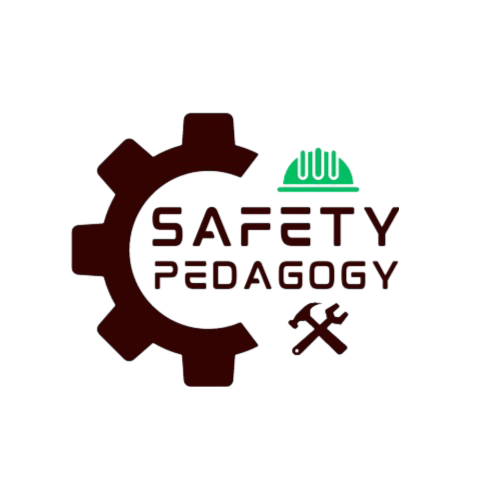Fires & Extinguishing Methods
Introduction
Depending upon the fuel involved the fire is classified into 6 classes are as follows:
As Per USA & Australia | ||
Type of Fire | Fire Sources |
|
‘A’ Class fire | Wood, plastic, paper | Ordinary solid fuels |
‘B’ Class fire | Petrol, diesel, paints, oil, acetylene, hydrogen (Flammable liquids & gases) | Gaseous & liquid fuels |
‘C’ Class fire | Transformer, switch board | Live electrical equipment |
‘D’ Class fire | Sodium, Potassium, Magnesium (Combustible metals) | Metal |
‘K’ Class fire | All kitchen (unsaturated cooking oil) | Kitchen fire (LPG, kerosene) |
Class | Sources & | Mode | Type of |
A | Flammable Eg: Paper, | · Cooling · Blanketing | · Soda acid · CO2 type cartridge · H2O Stored pressure · Fire bucket |
B | Flammable Eg: Petrol, | · Blanketing / Smothering · Starvation | · Foam · CO2 · DCP · Do not use Water |
C | Inflammable Eg: | · Smothering · Starvation | · CO2 · DCP |
D | Metal Eg: Sodium, | · Smothering | · Special Dry Powder (DCP) |
E
| Electrical Eg: | · Smothering · Starvation | · CO2 · DCP · Bromo Chloro Difluoride Methane (BCF) |
F / K | Kitchen Eg: LPG, | · Smothering / Blanketing · Cooling | · Film Foaming Powder (1% AFF) |
·
As
per Indian standards we don’t have E & F class of fires.
| Color Code | Extinguisher | Class of Fire Where used | Remarks |
1. | Yellow | Wet Chemicals | A & F | Create small bubbles |
2. | Dark Blue | DCP | A, B, C & E | Can use on D class |
3. | Cream | Foam | A & B | Create large bubbles |
4. | Red | Water | A |
|
5. | Black | CO2 | B & E |
|
6. |
| M28 / L2 Powder (TEC) | D |
|
Types of Fire extinguishing ways
· Starvation (fuel)
· Smothering (O2)
· Cooling (heat)
· Chain Reaction Stopping
Fire Extinguishing Modes
i. Cooling: Cooling means removal of heat. This can be achieved by the use of water generally in “A” class fires.
ii. Starvation: Starvation means removal of fuel. This can be achieved by cutting out the fuel supply to the fire and physical removal of fuel.
iii. Smothering: Smothering means removal of oxygen (air) or diluting the same to below the minimum requirement. This can be achieved by applying an inert gas such as CO2, Nitrogen, Dry Chemical Power Halogens, etc.
iv. Chain Breaking Mechanism: This can be achieved by the application of Halogenated Hydrocarbons or Dry Chemical Powders which disturbs the chain reaction between free radicals of fuel and atmospheric air.

